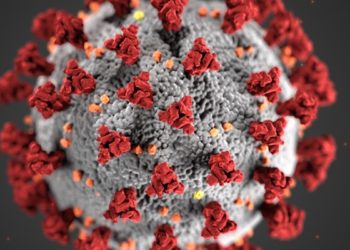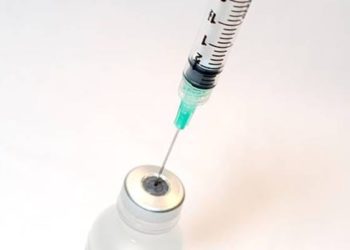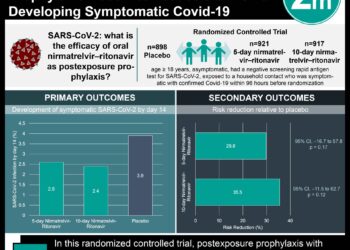#VisualAbstract: Household transmissibility of SARS-CoV-2
1. SARS-CoV-2 is more transmissible in households compared to SARS-CoV and MERS-CoV.
2. Individuals aged over 60 years were the most susceptible to household transmission of SARS-CoV-2.
Evidence Rating Level: 2 (Good)
Study Rundown: While the transmissibility of the disease has been extensively modeled at population and individual levels, comparatively little is known about transmissibility within households and with other close contacts. This retrospective cohort study utilized a contact tracing dataset from the Guangzhou Center for Disease Control and Prevention (CDC) to estimate the secondary attack rate of COVID-19 among household and non-household contacts. The study identified a higher secondary attack rate among household contacts at the same residential address as compared to other close contacts. Additionally, older individuals aged over 60 years were at higher risk of household infection compared to younger age groups. This study was limited to only analyzing the patient characteristics and transmission of cases reported to the Guangzhou CDC, limiting generalizability of findings to other health care settings and locations with different quarantine and isolation strategies. Furthermore, infection transmission to asymptomatic carriers could not be reliably quantified due to testing of close contacts occurring only twice at 14 days apart. Overall, this study highlights the importance of testing close contacts of COVID-19 cases to facilitate isolation during the incubation period. For physicians, these findings underline the importance of encouraging mild cases to isolate away from their families to limit transmission within households.
Click to read the study in The Lancet Infectious Disease
Relevant Reading: Characteristics of Household Transmission of COVID-19
In-Depth [retrospective cohort]: The study population included 195 unrelated close contact groups (215 primary cases, 134 secondary or tertiary cases and 1964 uninfected close contacts) identified from 349 laboratory confirmed COVID-19 cases reported to the Guangzhou CDC between January 7 and February 18, 2020. A close contact was defined as an individual who had unprotected close contact (within 1m) of a confirmed case within two days of symptom onset. Close contacts were quarantined and followed for 14 days with nasal swabs tested by reverse transcriptase-polymerase chain reaction (RT-PCR) on days 1 and 14. Household contacts were identified either on the basis of residential address or individuals who were family members and close relatives of positive cases.
Assuming a mean incubation period of 5 days and a maximum infectious period of 13 days with no case isolation, the secondary attack rate among household contacts was 12.4% (95% CI 9.8 to 15.4) when defined on the basis of close relatives, and 17.1% (95% CI 13.3 to 21.8) when defined on the basis of residential address. Longer incubation periods were associated with lower secondary attack rates; longer infectious periods were associated with higher secondary attack rates. Secondary attack rates varied from 11.4% (95% CI 9.0 to 14.2) to 18.0% (13.9 to 23.0). Compared to the oldest age group (over 60 years), the risk of household infection was lower in individuals under 20 years (OR 0.23, 95% CI 0.11 to 0.46), followed by adults aged 20-59 years (OR 0.64, 95% CI 0.43 to 0.97). The estimated local reproductive number (R) was 0.5 (95% CI 0.41 to 0.64) in Guangzhou, with decline in person-to-person transmissibility over time; the projected local R, without isolation and appropriate quarantine efforts was 0.6 (95% CI 0.49 to 0.74).
©2020 2 Minute Medicine, Inc. All rights reserved. No works may be reproduced without expressed written consent from 2 Minute Medicine, Inc. Inquire about licensing here. No article should be construed as medical advice and is not intended as such by the authors or by 2 Minute Medicine, Inc.







